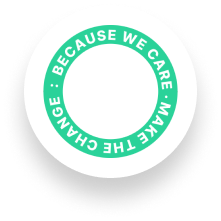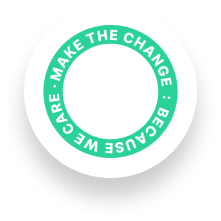Why
Change?

The 4th R -
Renewable
We’ve all learned about the 3Rs: Recycle, Reuse, and Reduce. However, for times when the 3Rs isn’t feasible, there’s a 4th R – Renewable.
Some things cannot be recycled, cannot be reused, and have already been significantly reduced in usage, but they are still necessary products. This is where renewable products, which are made from natural and renewable materials, are able to minimize the impact to our environment.
A Simple Solution
for a Lasting Impact
Our society relies heavily on the use of traditional plastic products in our daily lives. However, these plastic products have lasting consequences on our environment. We can strive to reduce our impact by switching to more sustainable products.
get to know
Compostable Materials

growing your business while saving the earth
Greener and
Healthier
It’s time to put your business’ commitment to sustainability into practice! Discover our eco-friendly packaging options for the food service industry. Explore our product catalog for more information.
